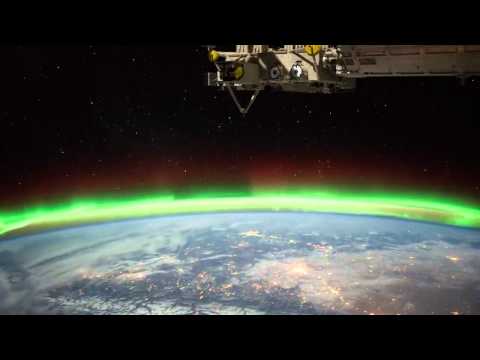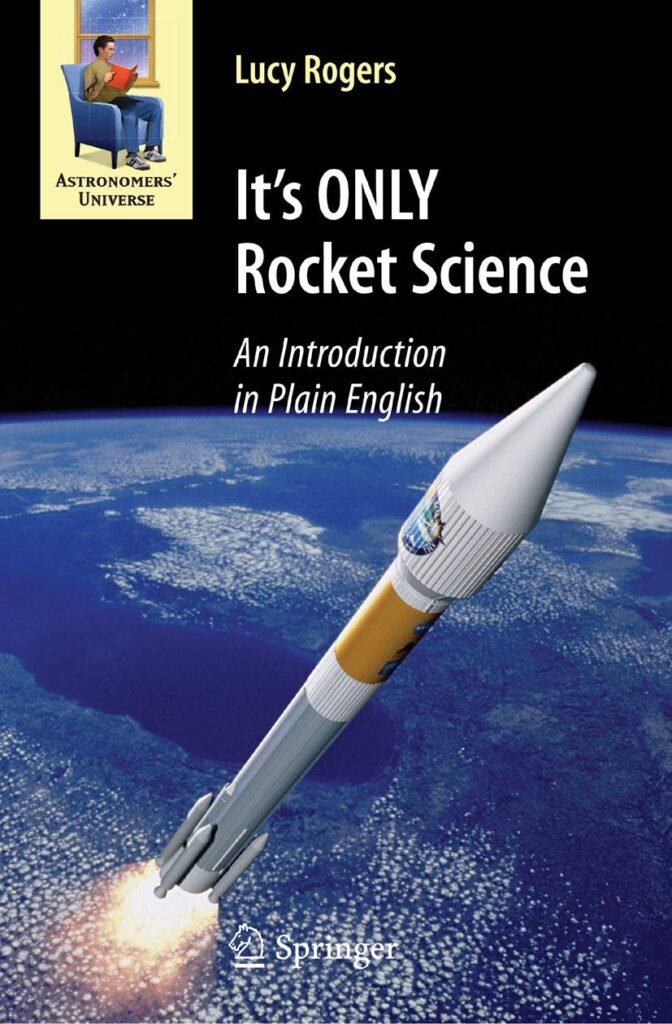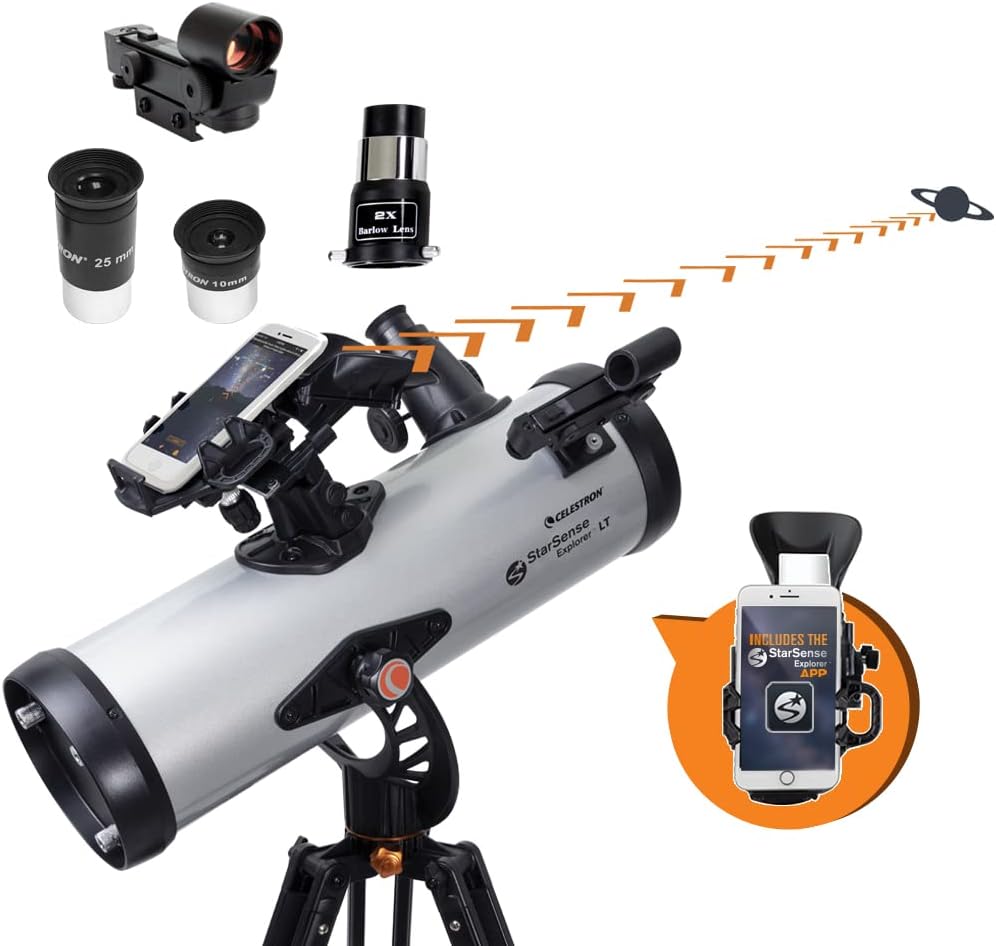Breaking Barriers: How Technology is Pushing the Boundaries of Space Exploration
Space exploration has always been considered one of the final frontiers of human achievement. From the first moon landing in 1969 to the recent Mars rover missions, mankind has been fascinated by the idea of exploring and colonizing other planets. And with the rapid advancements in technology, the boundaries of space exploration are being pushed further than ever before.
One of the key ways technology is revolutionizing space exploration is through the development of more advanced spacecraft. In the past, spacecraft were limited in terms of speed, range, and capabilities. However, with innovations in propulsion systems and materials science, spacecraft are now able to travel faster and further than ever before. For example, NASA’s Parker Solar Probe, launched in 2018, is the fastest spacecraft ever built, reaching speeds of over 430,000 miles per hour on its journey to study the sun.
In addition to faster spacecraft, advancements in robotics and artificial intelligence are also playing a crucial role in pushing the boundaries of space exploration. Robotic rovers like NASA’s Curiosity and Perseverance have been able to explore the surface of Mars in ways that were previously impossible for human astronauts. These rovers are equipped with advanced sensors and cameras that allow them to collect valuable data and images, helping scientists learn more about the red planet.
Furthermore, advances in communication technology have also been instrumental in expanding our understanding of the universe. The development of high-speed data transmission systems has allowed scientists to receive real-time data from spacecraft millions of miles away, providing valuable insights into the mysteries of space. This real-time communication has also enabled astronauts aboard the International Space Station to stay connected with mission control on Earth, making it easier to coordinate experiments and conduct research.
Another area where technology is breaking barriers in space exploration is in the development of new propulsion systems. Traditional rockets have long been the primary method of getting spacecraft into orbit, but new technologies like ion propulsion and solar sails are opening up new possibilities for deep space travel. These advanced propulsion systems are more efficient and require less fuel, making long-duration missions to distant planets and asteroids more feasible.
Overall, the combination of faster spacecraft, advanced robotics, improved communication systems, and new propulsion technologies is revolutionizing the way we explore space. These advancements are allowing us to push the boundaries of what is possible in space exploration, opening up new possibilities for scientific discovery and human colonization of other planets. As technology continues to evolve, the future of space exploration looks brighter than ever before.













